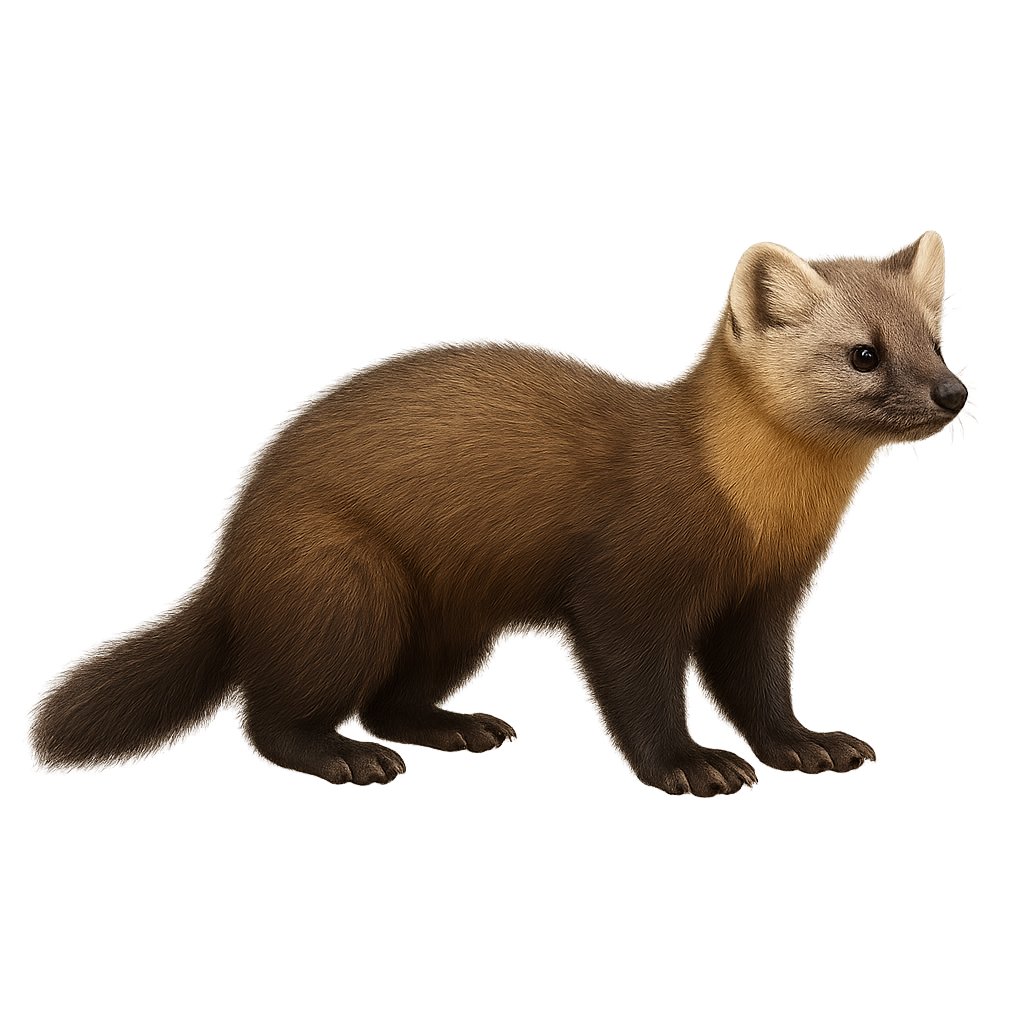Your wildlife photography guide.
Explore the sand in detail, study its behavior, prepare your shots.
Where to observe and photograph the sand in the wild
Learn where and when to spot the sand in the wild, how to identify the species based on distinctive features, and what natural environments it inhabits. The WildlifePhotographer app offers tailored photography tips that reflect the sand’s behavior, helping you capture better wildlife images. Explore the full species profile for key information including description, habitat, active periods, and approach techniques.
Sable
Scientific name: Martes zibellina

IUCN Status: Least Concern
Family: MUSTELIDAE
Group: Mammals
Sensitivity to human approach: Shy
Minimum approach distance: 10 m
Rut period: July to August
Gestation: 250-270 jours
Births: April
Habitat:
Coniferous forests, taiga, mixed forests
Activity period :
Active at dawn and dusk, ideal moments for observation.
Identification and description:
The sable, Martes zibellina, is a small carnivorous mammal belonging to the Mustelidae family. It is primarily found in the coniferous forests of the Siberian taiga and other parts of northern Asia. Known for its dense and silky fur, it is highly valued in the fashion industry. The sable has a slender body, short legs, and a bushy tail. It is an agile predator, feeding mainly on small rodents, birds, and occasionally fruits. It is solitary and territorial, marking its territory with scent secretions. The sable is mostly active at dusk and night. Its population is stable, but it is threatened by overhunting and deforestation.
Recommended lens:
400mm – adjust based on distance, desired framing (portrait or habitat), and approach conditions.
Photography tips:
To photograph the sable, it is advisable to use a telephoto lens of at least 400mm to capture detailed images from a distance, as this animal is shy and difficult to approach. Focus on the twilight hours when the sable is most active. Be patient and discreet, blending into the environment to avoid scaring it away. Use a tripod to stabilize your camera and adjust your settings for low light. The focus should be quick to capture the agile movements of this animal.
The WildlifePhotographer App is coming soon!
Be the first to explore the best nature spots, track rutting seasons, log your observations, and observe more wildlife.
Already 1 431 wildlife lovers subscribed worldwide

